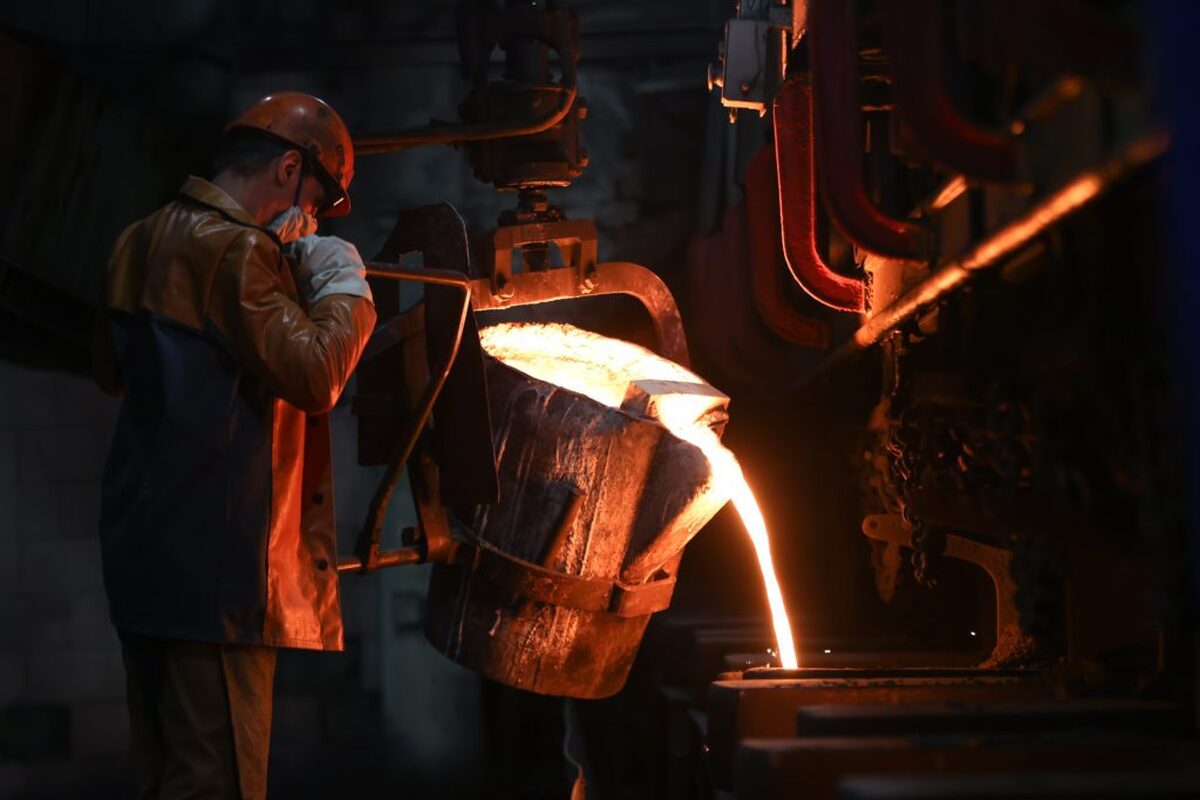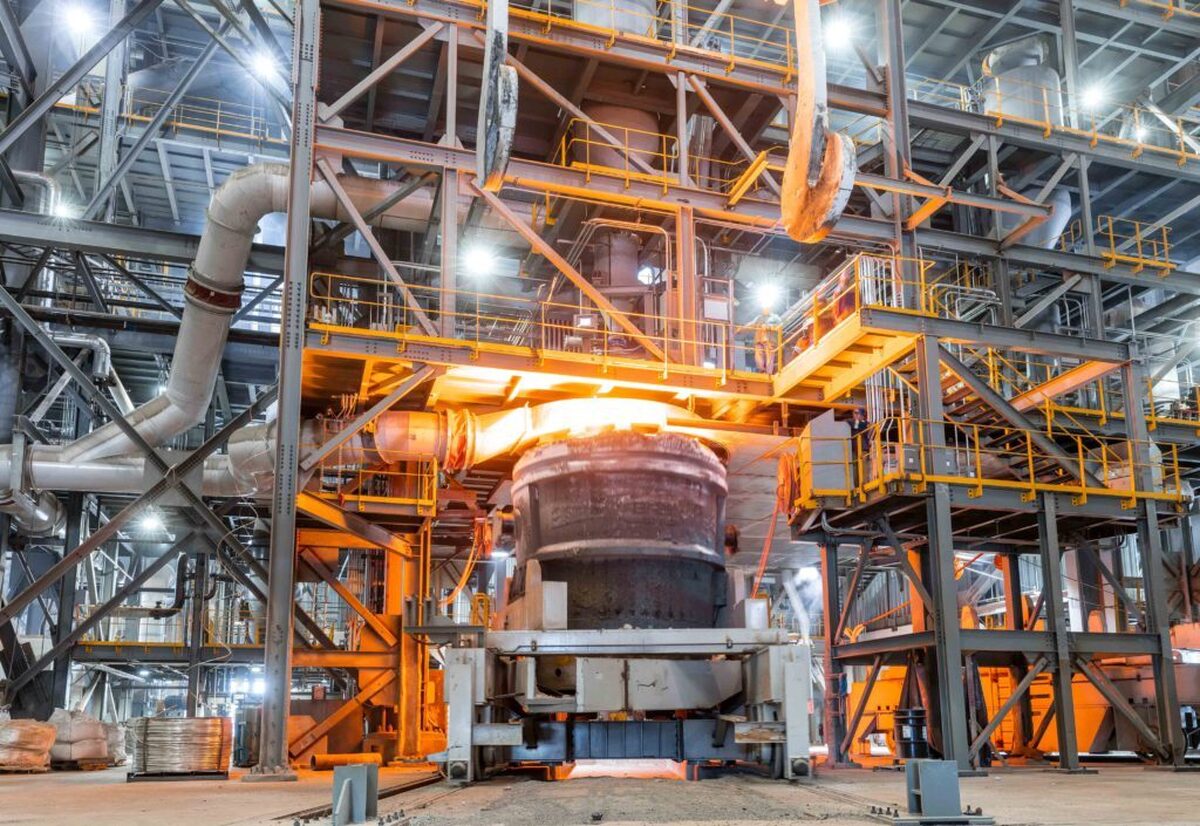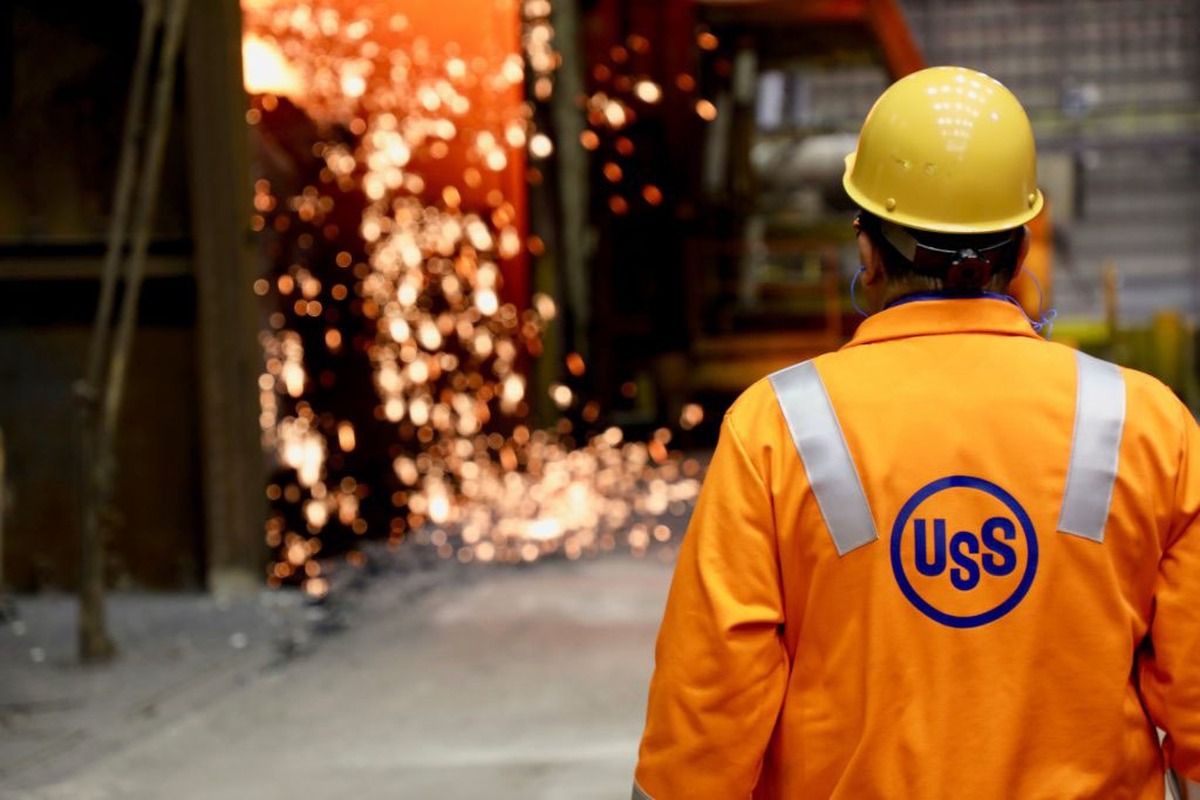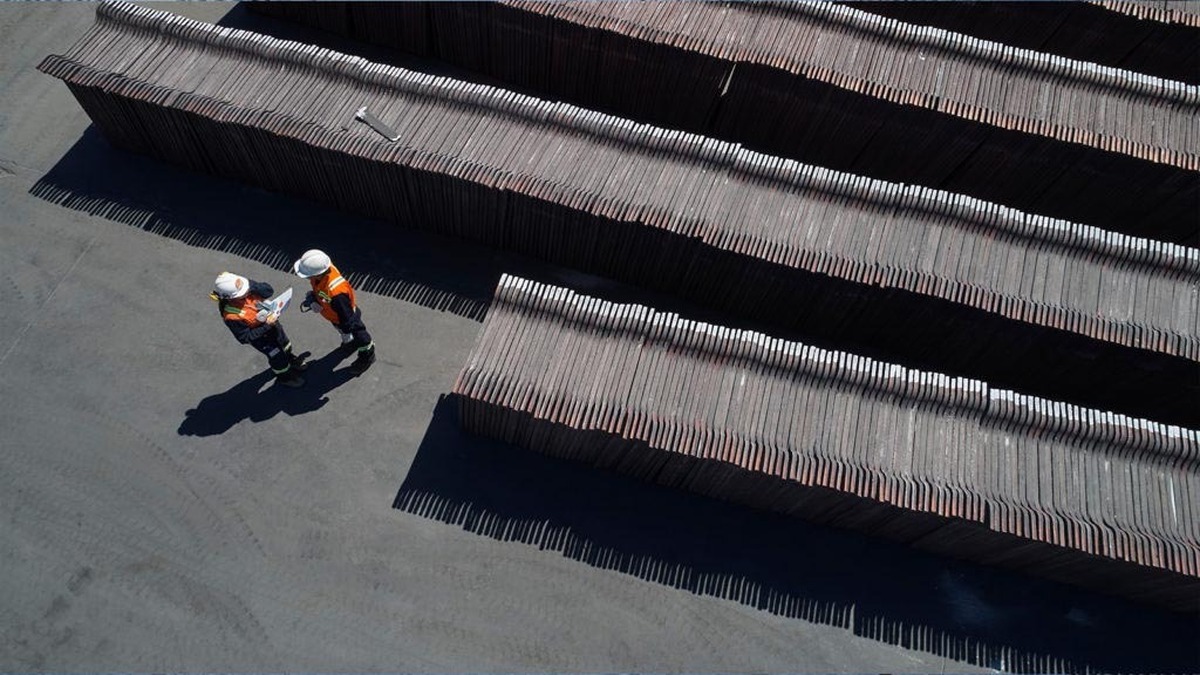
China pig iron buying spree extends into 2020
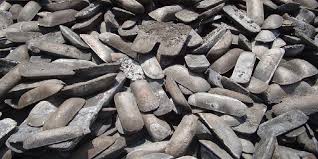
China imported 755,522 metric tons (t) of pig iron in the first quarter of 2020, up from 89,974t a year earlier, according to Chinese custom's data.
Up until late 2019 the world's largest steel producing nation has not been an active pig iron buyer in seaborne markets, given the over-90pc domestic reliance on blast furnace operations. China produced roughly 790mn t of crude steel in 2019 through blast furnaces (BF), which consume iron ore as a raw material, compared with 81mn t through electric-arc furnaces (EAF), which require scrap and pig iron, according to data from the World Steel Association.
Still, China leapfrogged four nations to become the second largest buyer of pig iron in the first quarter, supporting demand as US mills bought selectively.
Market participants were split on both the trajectory and cause for the rise in demand.
Some sources initially pegged sintering restrictions for the climb in fourth quarter 2019 and first quarter 2020 volumes. Chinese imports of pig iron increased to 696,438t from 56,370t in the fourth quarter from the same period in 2018. The restrictions are designed to curb emissions in winter months and force BF-based mills to buy more scrap, iron ore pellet and pig iron, the latter two even from abroad.
But despite Covid-19 slowdowns and restrictions, Chinese domestic pig iron production rose by 2.5pc to 199mn t in the first quarter, according to Chinese National Bureau of Statistics data.
Yet others highlight the high relative domestic cost of scrap. Argus assessed Chinese #3 heavy melt scrap at an average of $381/t in the first quarter, holding only a $5/t discount to pig iron. Pig iron typically trades at a wider premium to scrap, averaging a $50/t premium compared with prime grade, #1 busheling in the US over the same period.
Lower freight rates have made Chinese bids more competitive. Market participants pegged freight rates for cargoes from Black Sea ports to China as low as $27/t in recent weeks, down from $45/t in early October.
Wide domestic premiums have certainly played some role in buying. Argus assessed domestic pig iron Tangshan prices at $380-$394/t on 29 May, as much as a $72/t premium, not accounting for value-added taxes, on a recent 60,000t cargo sold from Ukraine.
Although the direct cause of the jump may yet be unclear, the demand for Brazilian and Ukrainian pig iron from China has forced US buyers to be more cognizant of price, availability and delivery windows. Most Brazilian producers extended in the latest week delivery windows for late August and September, driven in large part by roughly 200,000t of Chinese bound cargoes already bought.
US BPI imports edged up by 2pc to just under 1.4mn t in the first quarter, according to US Department of Commerce statistics. Still, US steel production fell by 3pc to 25mn t for the year through 4 April, according to American Iron and Steel Institute data.


Trump weighs using $2 billion in CHIPS Act funding for critical minerals

Codelco cuts 2025 copper forecast after El Teniente mine collapse

Electra converts debt, launches $30M raise to jumpstart stalled cobalt refinery

Abcourt readies Sleeping Giant mill to pour first gold since 2014

Barrick’s Reko Diq in line for $410M ADB backing

Nevada army depot to serve as base for first US strategic minerals stockpile

Tailings could meet much of US critical mineral demand – study

Viridis unveils 200Mt initial reserve for Brazil rare earth project

SQM boosts lithium supply plans as prices flick higher

Energy Fuels soars on Vulcan Elements partnership

Northern Dynasty sticks to proposal in battle to lift Pebble mine veto

Giustra-backed mining firm teams up with informal miners in Colombia

Critical Metals signs agreement to supply rare earth to US government-funded facility

China extends rare earth controls to imported material

Galan Lithium proceeds with $13M financing for Argentina project

Silver price touches $39 as market weighs rate cut outlook

First Quantum drops plan to sell stakes in Zambia copper mines

Ivanhoe advances Kamoa dewatering plan, plans forecasts
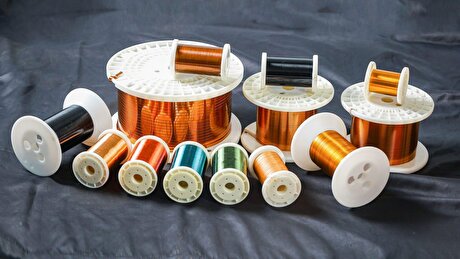
Texas factory gives Chinese copper firm an edge in tariff war

Energy Fuels soars on Vulcan Elements partnership

Northern Dynasty sticks to proposal in battle to lift Pebble mine veto

Giustra-backed mining firm teams up with informal miners in Colombia

Critical Metals signs agreement to supply rare earth to US government-funded facility

China extends rare earth controls to imported material

Galan Lithium proceeds with $13M financing for Argentina project

Silver price touches $39 as market weighs rate cut outlook

First Quantum drops plan to sell stakes in Zambia copper mines

Ivanhoe advances Kamoa dewatering plan, plans forecasts

